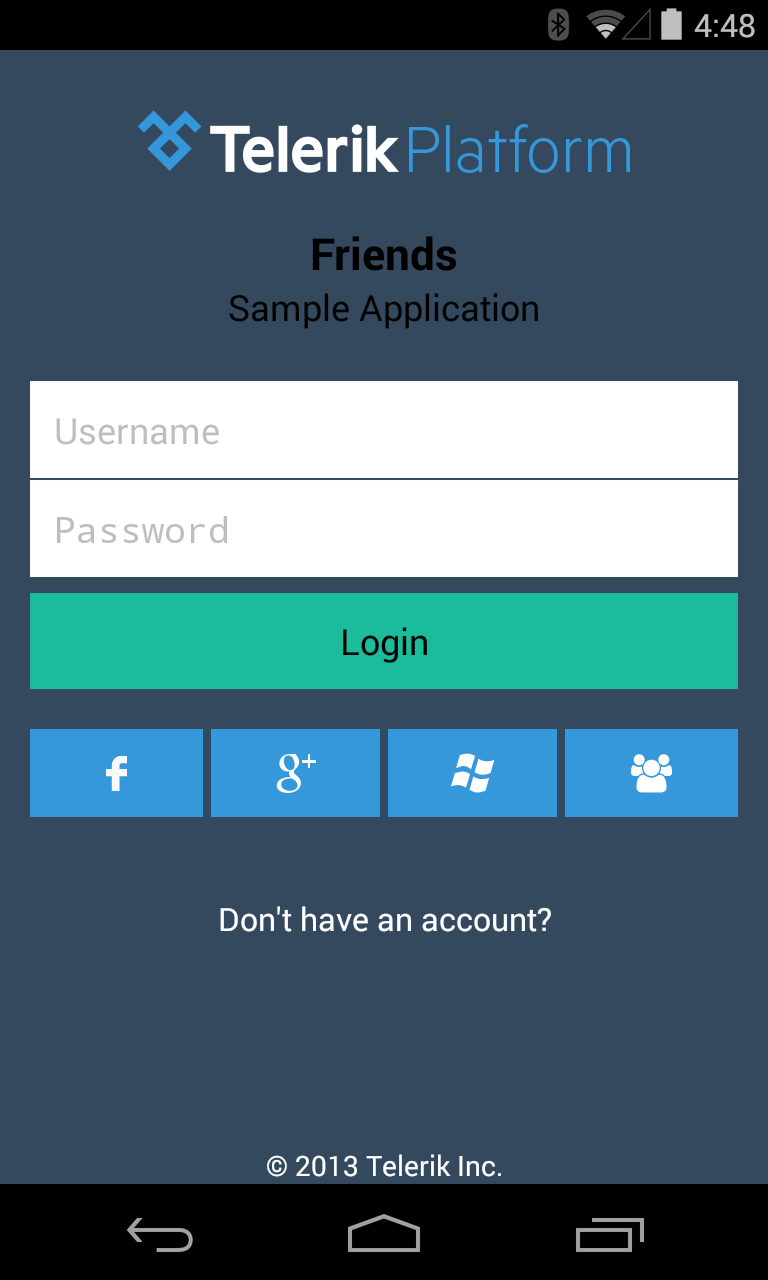There are a few ways to add Google Analytics tracking code to your website. Adding Google Analytics to your website enables you to track the number of visitors to your site, the search keywords they use to find your site, the time spent on your site, goal conversion and much more.
- Google Analytics Demo Account
- Google Analytics
- Google Analytics Sign In
- Google Analytics Certification
- Google Analytics Login
- Google Analytics Academy
Once you've installed Google Analytics on your website(s), set up your goals, and set up site search(es), you should wait about 24 hours for it to start getting data. Then you will be able to start viewing your data. View Google Analytics data. Once you start getting in Google Analytics data, you can start learning about your website traffic. Google Analytics is one of the best web analytics tools on the market today. More than 50 million websites worldwide trust this powerful and robust application. Any website can use Google Analytics to get a better understanding about what visitors are doing on the site. It loads analyticsdebug.js instead of analytics.js on any website you visit (and when you have turned the GA Debug to ON). Which means that you can analyze how Google Analytics is implemented without having access to the code on the server. Other Google Advanced Level Certifications – Google Analytics Individual Qualification Exam Answers, Google Analytics for Power Users Exam Answers Okay So, All the Answers are now correctly answered and you are ready to take the Certificate of Completion. Google Analytics has an entire section, Acquisition, devoted to providing you with information on how the visitors to your website found you. Google tracks how many people land on your website after clicking on a link in search results (organic results), how many people come from links shared on social media, from other websites, from paid ads.

A few housekeeping items before we move forward, this tutorial assumes that you already have a Standard Google Analytics account and not a Google Analytics 360 account. Second, that you have already set up a property in Google Analytics, which allows you to generate a tracking ID (more on this later).
With that settled, we’ll explore two ways to add Google Analytics code to your website.
Google Analytics Tracking Code
The first step you’ll need to do is find your tracking ID, which is a unique ID created for your Google Analytics account.
To get your tracking ID, follow these steps:
- Log in to your Google Analytics account
- On the bottom left-hand side of the page, click Admin
- From the left column titled Account, select an account from the dropdown menu
- From the middle column titled Property, select a property from the dropdown menu
- Under the Property column, click Tracking Info > Tracking Code
- Your website’s unique tracking ID is shown at the top of the page under Tracking ID and starts with UA
Once you’ve identified your tracking ID, you’ll need to get your tracking code snippet, which can be found on this page as the Global Site Tag (gtag.js). The gtag.js is the tracking code for this specific property and you’ll need to copy and paste this code to every webpage you want to track on your website.
To copy and paste your gtag.js, follow these steps:
- Copy the
gtag.jsshown on the page (example shown below)
Google Analytics Demo Account
- Replace the
GA_TRACKING_IDwith your unique tracking ID provided by Google Analytics - Paste the code snippet right after the
<head>tag on each page of your site that you’d like to track in Google Analytics
Keep in mind that gtag.js (launched in 2017) is a newer, more expanded version of analytics.js.
Google Tag Manager
You can also use Google Tag Manager to add the Google Analytics code to your website. Google Tag Manager is a free tool and is useful for websites that use multiple analytics or advertising performance tools from multiple campaigns.
Google Analytics
To install Google Analytics code via Google Tag Manager (GTM), follow these steps:
(Source: Google Analytics Documentation)
- In GTM, select Create Tag and choose Google Analytics
- Then select Universal Analytics
- Name your tag, preferably something related to Google Analytics (like GA). Add your Google Analytics property ID or gaProperty variable.
- Choose the Track Type (i.e. Page View)
- Choose your firing triggers such as All Pages, which the tag will fire the tracker on every page of your website
Google Analytics Sign In
Gtag.js or Google Tag Manager?
Google Analytics Certification
If your website is already using Google Tag Manager, then gtag.js is not necessary and continue to use GTM. Since GTM inherently combines event data from Google Analytics and Google Adwords, it’s best to keep it running if it’s already in place.
Google Analytics Login
However, if you haven’t installed GTM and are not planning on investing in Google Adwords, using the gtag.js may be beneficial to your website. The gtag.js tag makes the tracking process easier by:
Google Analytics Academy
- Streamlining the installation process to get Google Analytics code on your site faster
- Allowing you to send event data to multiple tools as once
- Keeping all tracking tags in once place in your website code
Either way, we recommend that you add Google Analytics to your website, so you can keep track of all your event data.
